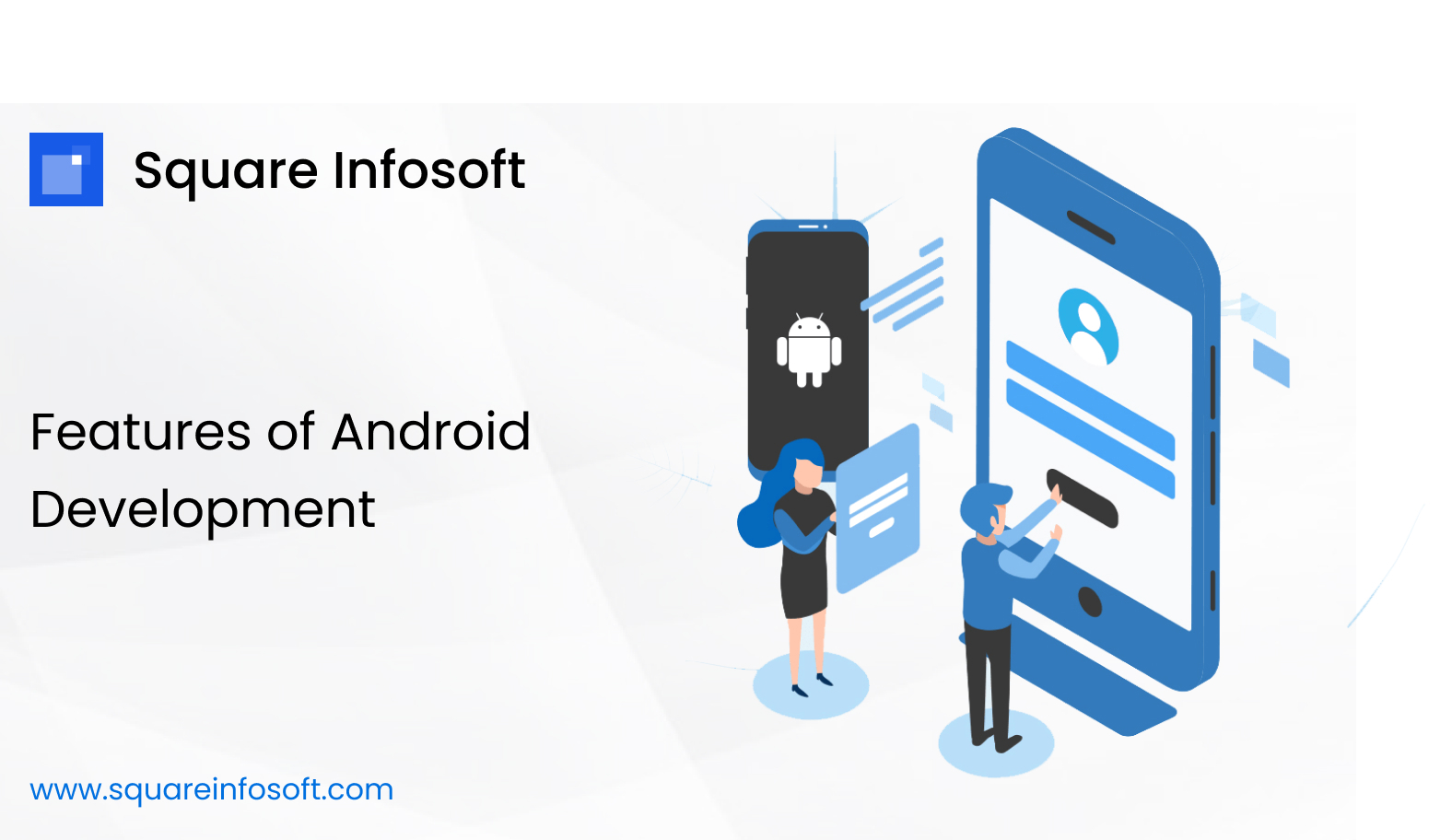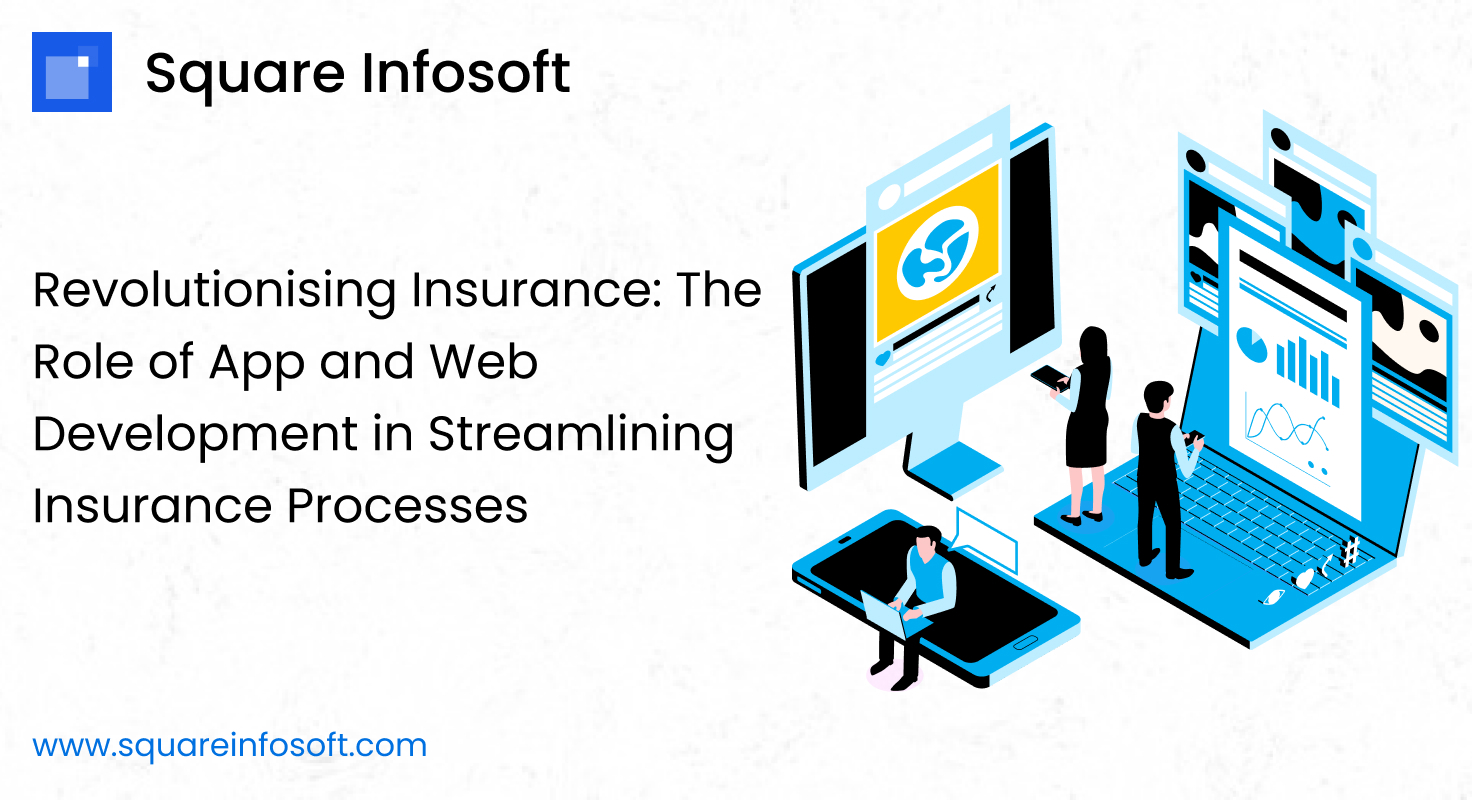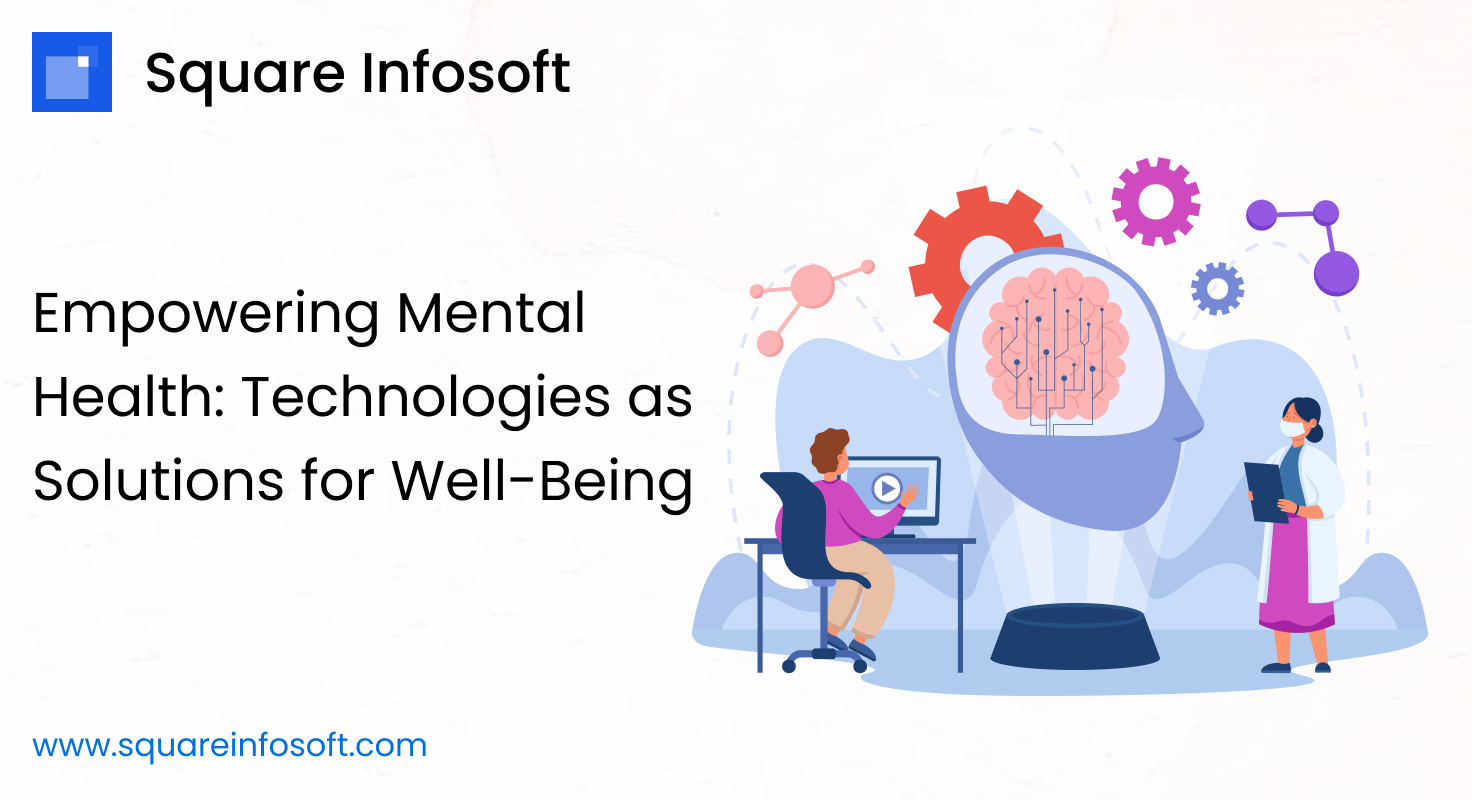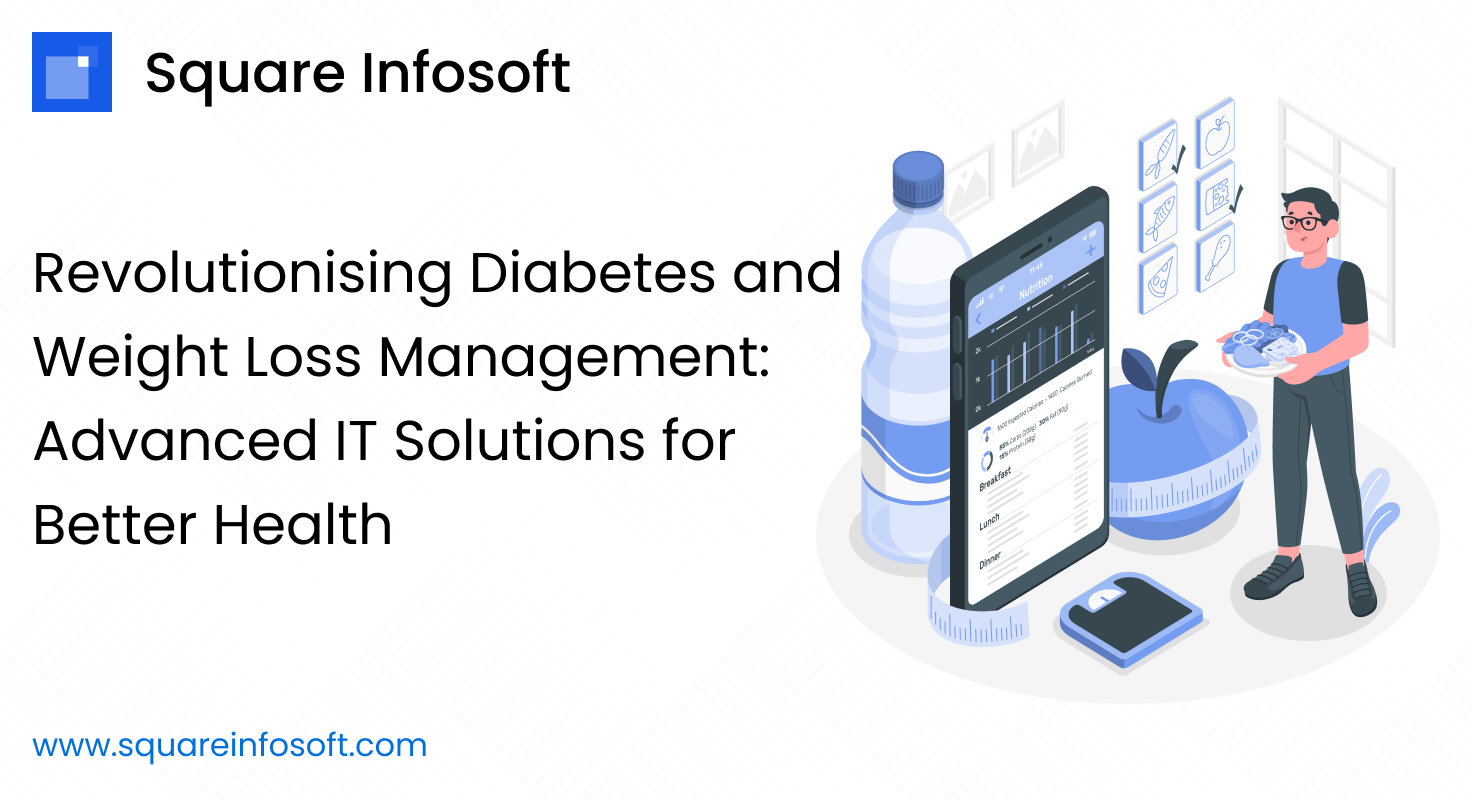Android development is the process of creating applications for the Android operating system, which is used on a wide variety of mobile devices like smartphones, tablets, smart TVs, and more. Android development encompasses a wide range of features and capabilities that empower developers to create innovative and powerful mobile applications for the Android platform. From robust frameworks and libraries to flexible APIs and tools, Android development offers a rich ecosystem for building diverse and feature-rich apps. Here are some key features of Android development:
- Android Software Development Kit (SDK): The Android SDK provides developers with the necessary tools and libraries to build, test, and debug Android applications. It includes various APIs, development tools, and emulator/simulator to help developers create applications efficiently.
- Java/Kotlin Programming Language: Android applications are primarily developed using Java or Kotlin programming languages. Kotlin is the recommended language for Android development due to its modern features, conciseness, and enhanced safety.
- User Interface (UI) Design: Android provides a wide range of UI components and layouts that allow developers to create visually appealing and interactive user interfaces. Developers can use XML and/or code to design the UI.
- Activities and Fragments: In Android, an Activity represents a single screen with a user interface, while Fragments represent a part of the user interface and can be combined to create multi-pane layouts.
- Intents: Intents are messaging objects used to communicate between different components of an Android application, such as launching activities, services, or broadcasting messages.
- Open-Source Platform:
- One of the key features of Android development is its open-source nature. The Android operating system is based on the Linux kernel and is freely available to developers, allowing for extensive customization and modification. The open nature of Android encourages collaboration, innovation, and community-driven development, fostering a vibrant ecosystem of apps and tools.
- Java and Kotlin Programming Languages:
- Android development supports multiple programming languages, with Java and Kotlin being the primary choices. Java has been traditionally used for Android development and offers a mature ecosystem of libraries and tools. Kotlin, on the other hand, is a modern programming language that has gained popularity for its concise syntax, null safety, and interoperability with Java. Developers can choose between Java and Kotlin based on their preferences and project requirements.
- Android Software Development Kit (SDK):
- The Android SDK provides a comprehensive set of tools, libraries, and APIs for developing Android applications. It includes everything developers need to build, test, and deploy Android apps, including the Android Studio IDE, emulator, debugging tools, and device profiles. The SDK also offers APIs for accessing device features such as camera, sensors, location, network connectivity, and more, enabling developers to create feature-rich and interactive apps.
- Material Design:
- Material Design is Google’s design language for creating visually appealing and consistent user interfaces across different platforms and devices. Android developers can leverage Material Design guidelines, components, and resources to design intuitive, interactive, and visually engaging UIs for their apps. Material Design encourages principles such as elevation, shadows, bold colors, and smooth animations, enhancing the overall user experience.
- Android Jetpack:
- Android Jetpack is a set of libraries, tools, and architectural guidance provided by Google to accelerate Android app development and improve app quality. Jetpack components address common challenges in Android development, such as lifecycle management, background processing, navigation, UI architecture, and testing. Developers can integrate Jetpack components into their apps to streamline development, improve code quality, and enhance app performance.
- Firebase:
- Firebase is a comprehensive platform provided by Google for building mobile and web applications. It offers a wide range of services and features, including authentication, real-time database, cloud messaging, hosting, analytics, crash reporting, and more. Android developers can leverage Firebase to add functionality to their apps, improve user engagement, and gain insights into app performance and user behavior.
- Android App Bundles:
- Android App Bundles are a publishing format introduced by Google to streamline the distribution of Android apps. Instead of generating a single APK file for distribution, developers can build and package their apps as an Android App Bundle, which contains optimized APKs for different device configurations, languages, and screen densities. App Bundles help reduce app size, improve download and installation times, and ensure that users receive the appropriate resources for their devices.
- Android Instant Apps:
- Android Instant Apps allow users to experience Android apps without the need for installation. Instant Apps are smaller in size and offer instant access to specific features or content, improving user engagement and reducing friction in the user journey. Android developers can modularize their apps and enable Instant App functionality to reach users seamlessly through Google Play and other channels.
- Security and Privacy:
- Android development prioritizes security and privacy, with built-in features and best practices to protect user data and enhance app security. Android offers various security mechanisms, including app sandboxing, permissions system, encryption, secure communication protocols, and Play Protect, Google’s built-in malware protection for Android devices. Developers are encouraged to follow security best practices, undergo security testing, and adhere to privacy regulations to safeguard user information.
- Google Play Store:
- The Google Play Store is the primary distribution platform for Android apps, offering a vast catalog of apps, games, and digital content to billions of users worldwide. Android developers can publish their apps on the Play Store, reach a global audience, and monetize their apps through various business models, including freemium, in-app purchases, subscriptions, and advertising. The Play Store provides tools for app distribution, analytics, monetization, and user engagement, enabling developers to grow their app businesses and reach their goals.
- Android development offers a robust and versatile platform for creating innovative mobile applications that cater to diverse user needs and preferences. With features such as support for multiple programming languages, comprehensive SDKs, modern design principles like Material Design, and powerful platform services like Firebase and Google Play Store, developers have access to a rich ecosystem of tools and resources to build high-quality and feature-rich apps. As the Android ecosystem continues to evolve and grow, developers can expect continued advancements and enhancements that further streamline the development process, improve app quality, and enable even greater innovation in mobile app development. Whether building consumer-facing apps, enterprise solutions, or games, Android development provides developers with the flexibility, scalability, and capabilities needed to succeed in today’s competitive mobile market.




